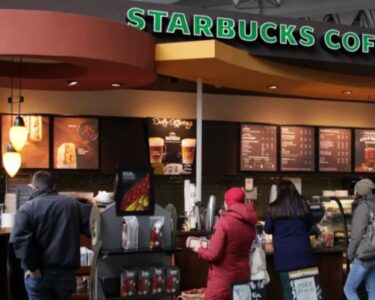By Mayukh Sen
When he was 23, Mafat Patel headed for America. It was 1968, and he had just received a visa to get his MBA at Indiana University.
This trip would mark his first time outside his home country of India. Born the eldest of six siblings, three sisters and two brothers, he’d spent most of his life on a farm in the village of Bhandu, nestled in the Mehsana district of the state of Gujarat. He’d never traveled beyond the neighboring district of Patan, where he went to school to get his degree in Mechanical Engineering.
He completed his business degree within two years and moved to Chicago, where he fell into a vocation most other recent male South Asian transplants had, working the assembly lines of factories as a quality control engineer. The Immigration and Nationality Act of 1965 had done its fair share to usher in an influx of educated immigrant minds who could turn into a skilled workforce.
But Mafat would later admit he found this work somewhat isolating. This bloomed into a unique quarter-life crisis: Though Mafat was surrounded by a number of recent immigrants like him, he still found himself unable to make America feel like somewhere he belonged.
It was an issue of appetite, mostly. His meals were the places where this alienation became most stark, dinners like small marches of misery, with American flavors he found difficult to find comfort in—nothing like the khichdi or curries he had grown up eating. Where was rice flour? Turmeric? This was an era in which Indians had to stuff canisters of these ingredients inside their checked luggage.
Mafat began to notice that others in this demographic subset had similar feelings; they were young Gujarati men like him, far from home for the first time, knowing they couldn’t forfeit their American livelihoods but still in search of any conduit to India. He took small solace in the fact that he wasn’t alone, and began to wonder what he could do to solve this problem.
Mafat saw a potential profit in this loss. He wanted to open a grocery store. It’d be small, but it’d have everything he, along with those in his community afflicted by his same pain, may need to cook the dishes from back home. And it showed signs of falling into place: In 1971, Ramesh Trivedi, an enterprising businessman, approached Mafat about a storefront on Devon Avenue that he wanted to sell, some shanty edifice that suffered from poor insulation.
Mafat didn’t mind. He dropped everything.
Today, Patel Brothers has splintered into an $140-million emporium. On that stretch of Devon Avenue in Chicago alone, there is now Patel Air Tours, a travel agency; Sahil, a clothing boutique meant for Indian weddings; Patel Handicrafts and Utensils, which sells religious memorabilia and trinkets; and Patel Café, an eatery.
Read the rest @ https://qz.com/india/1019985/patel-brothers-the-remarkable-story-of-how-an-immigrants-hunger-created-the-uss-biggest-indian-grocery-chain






